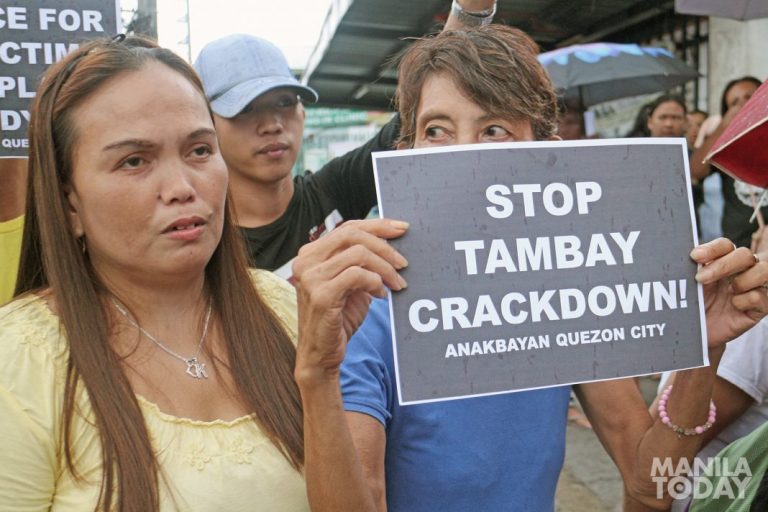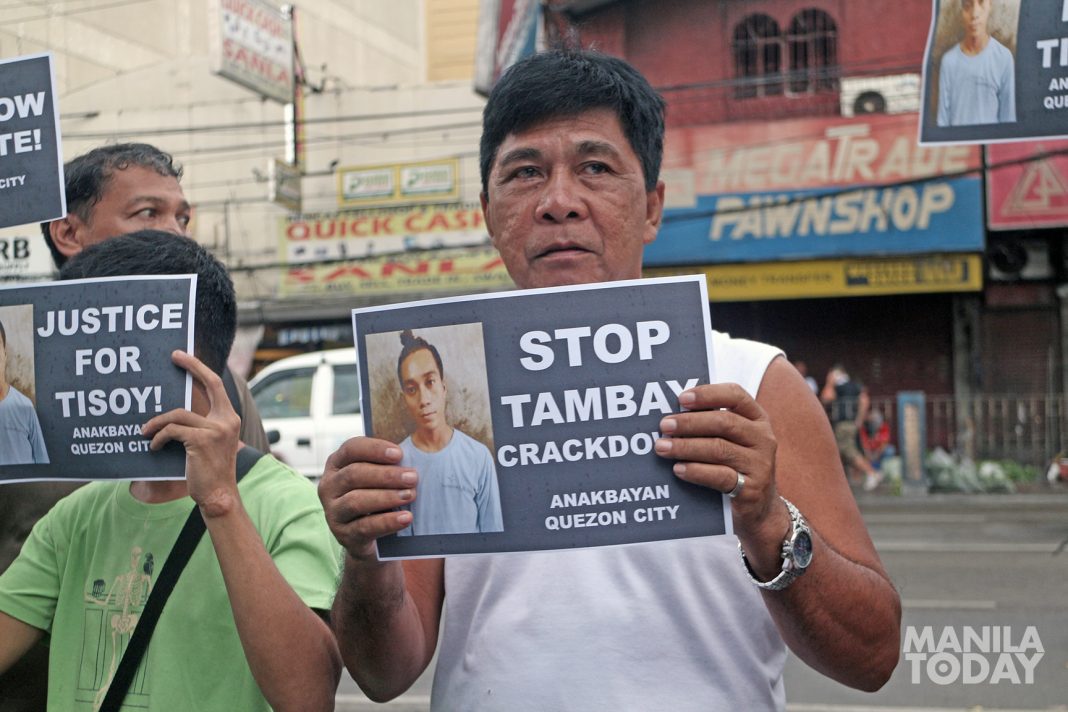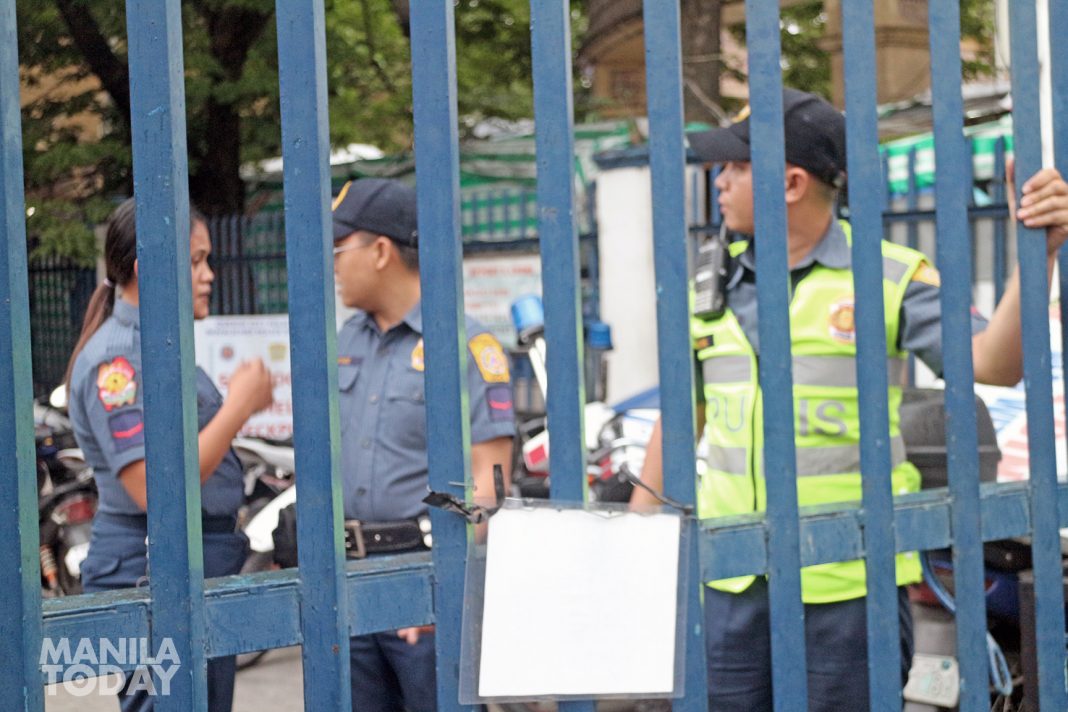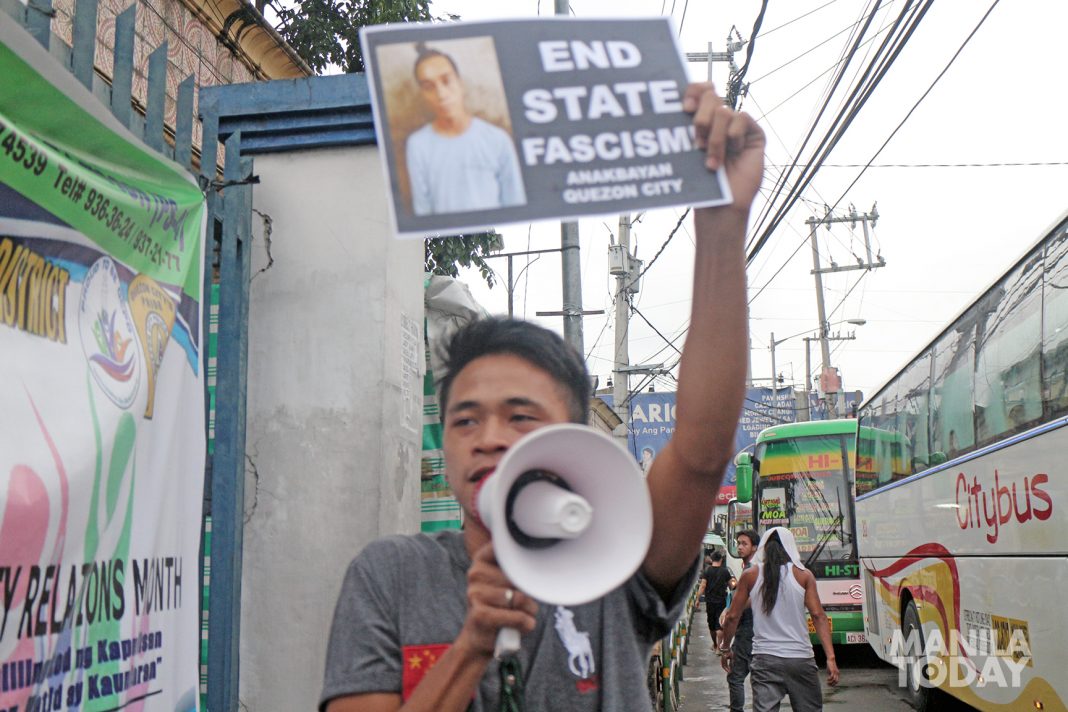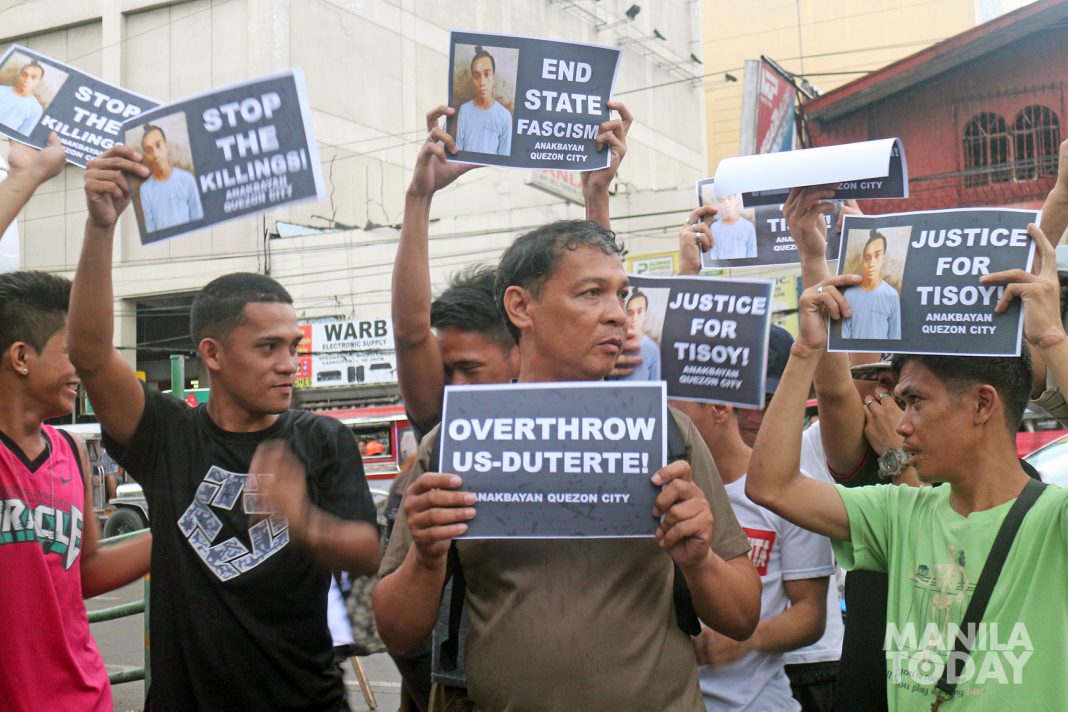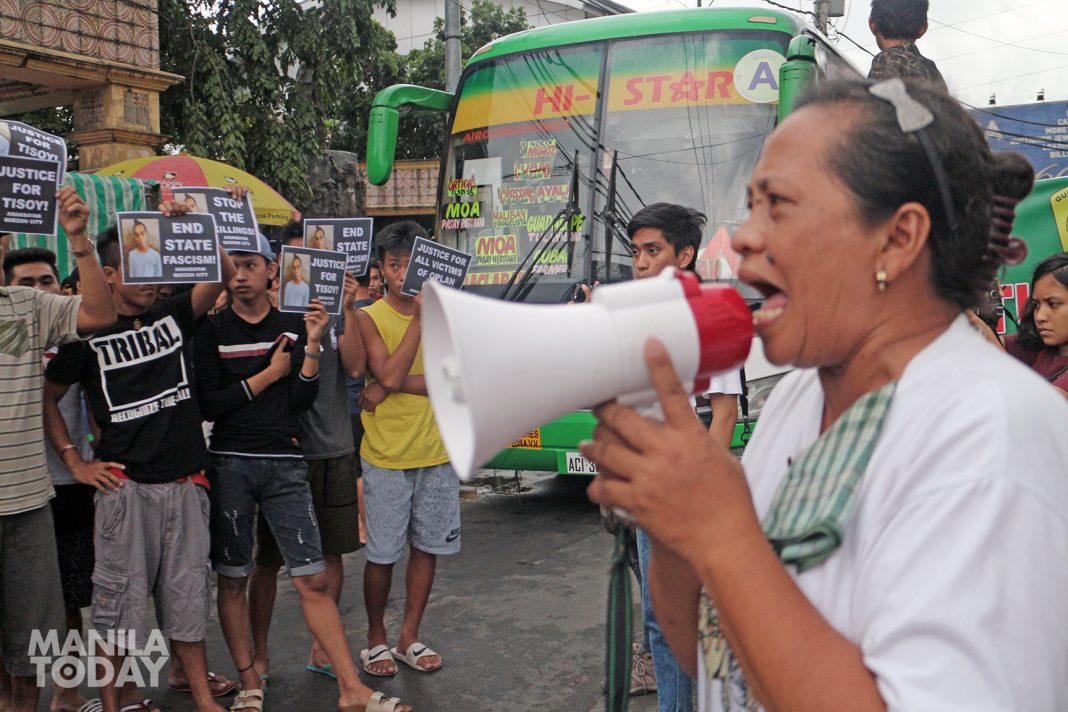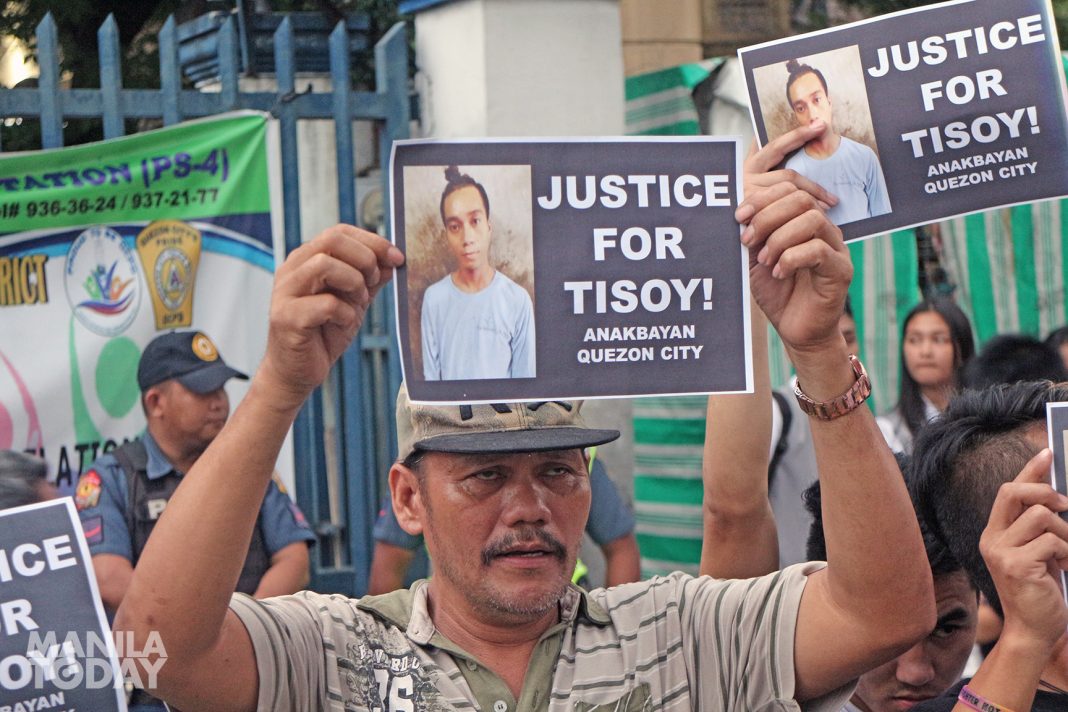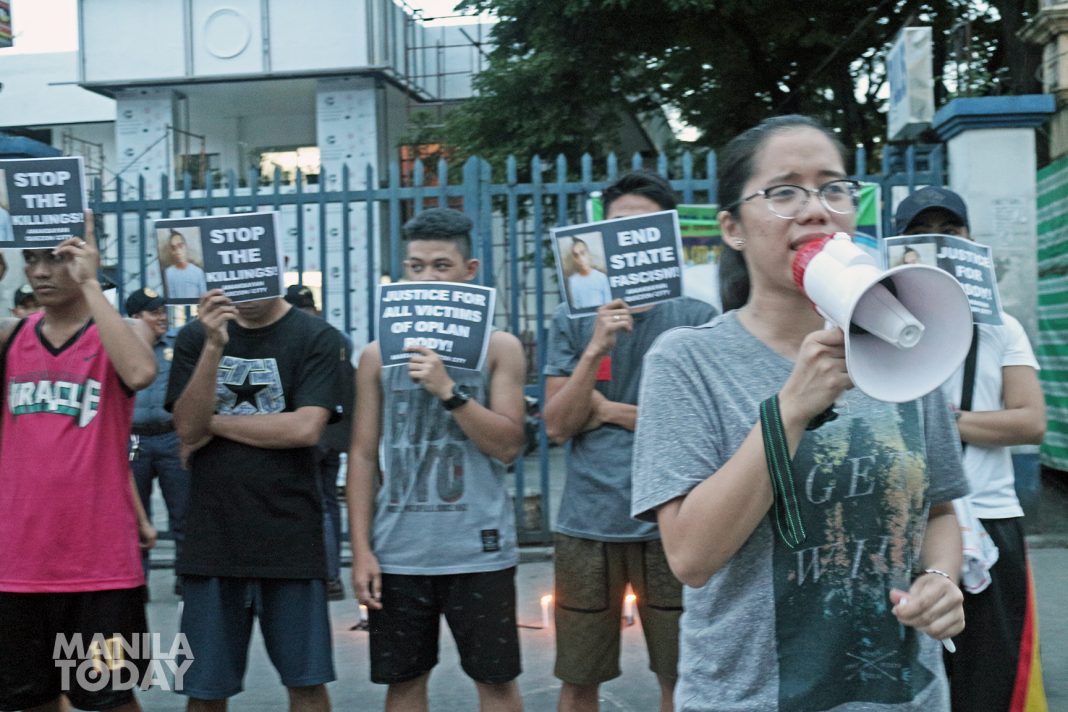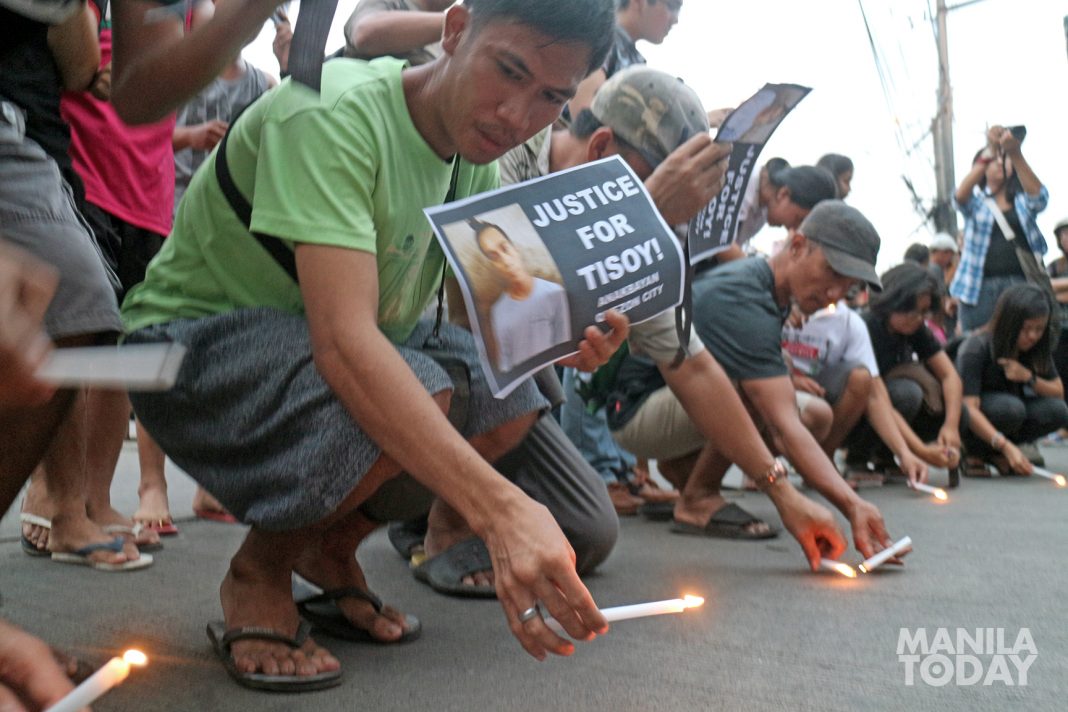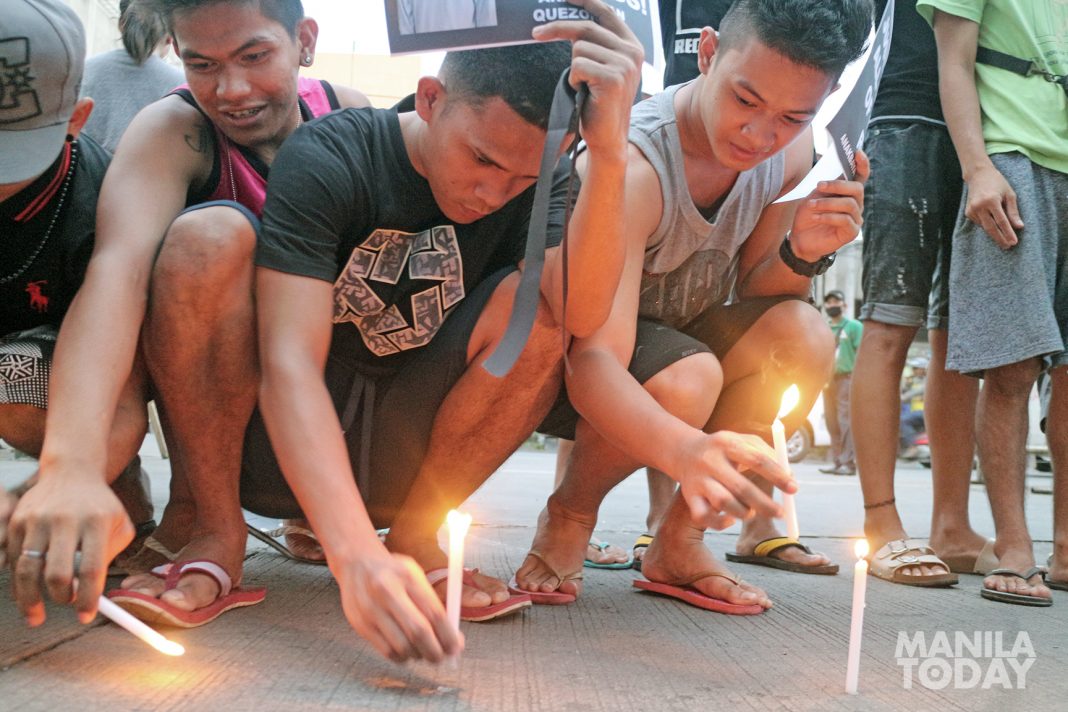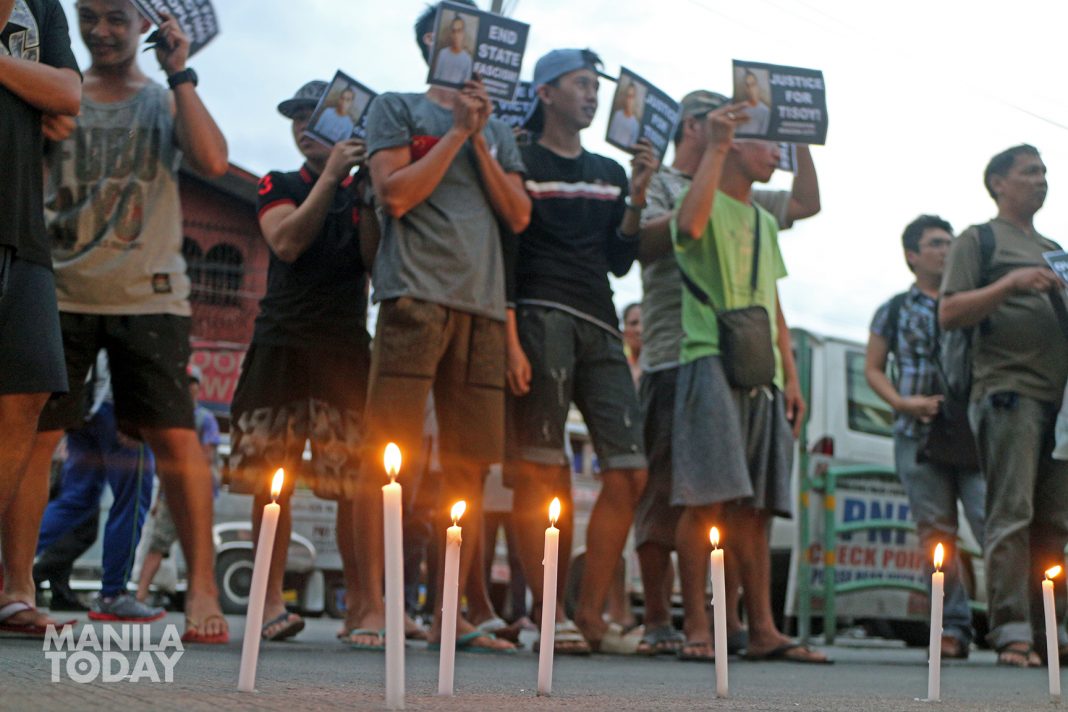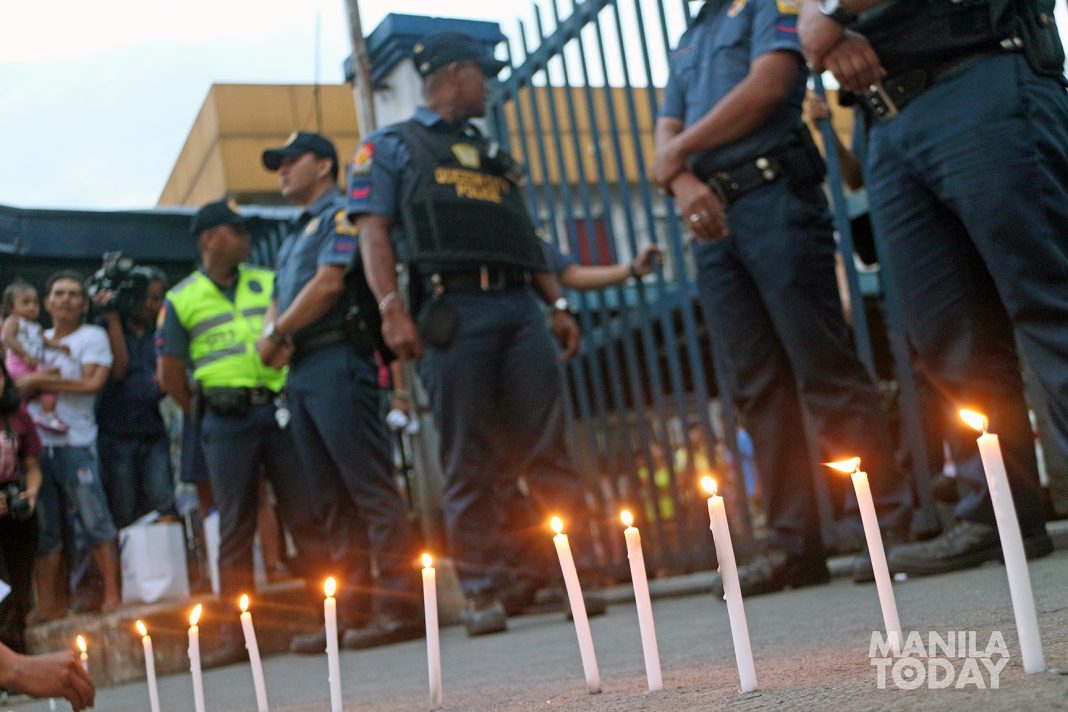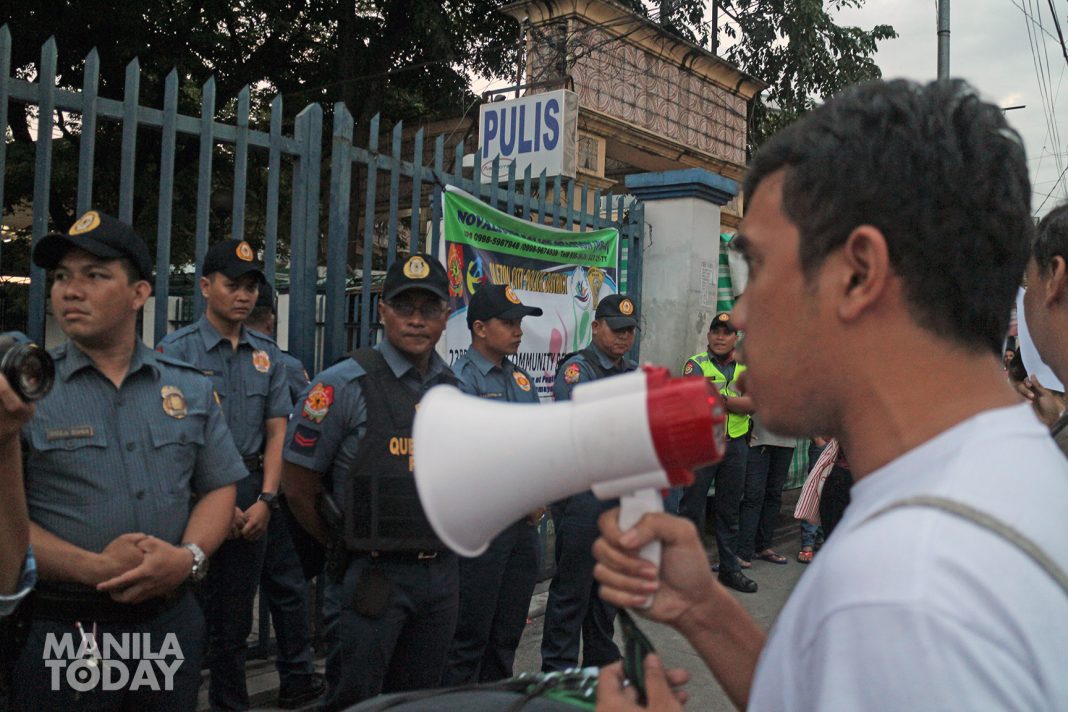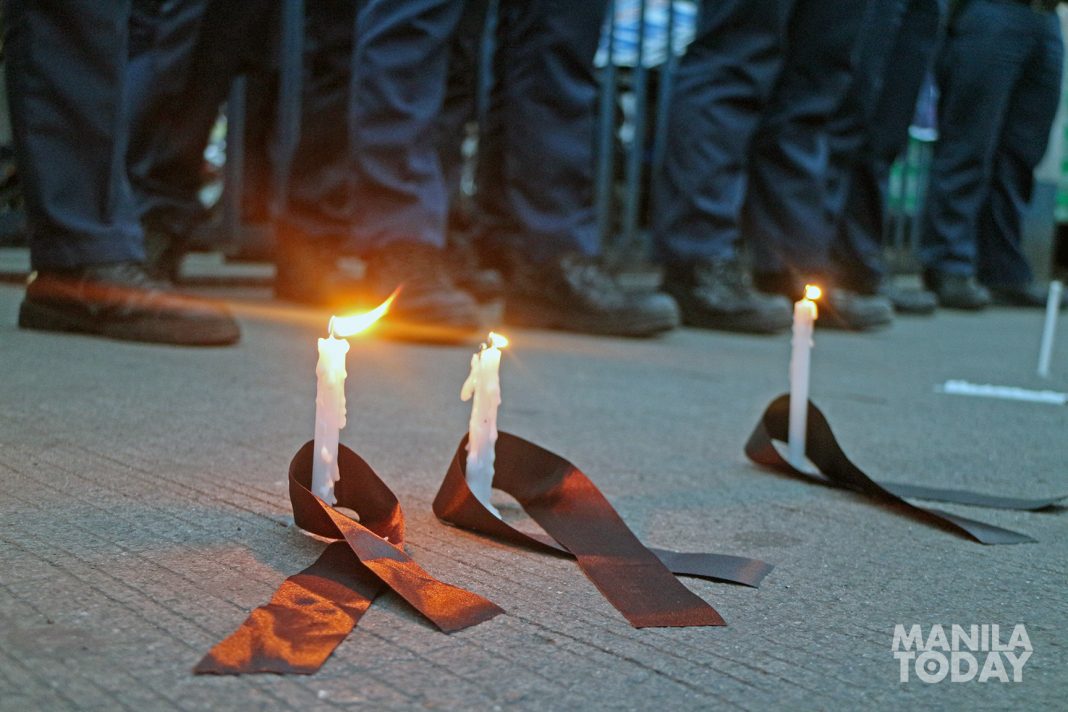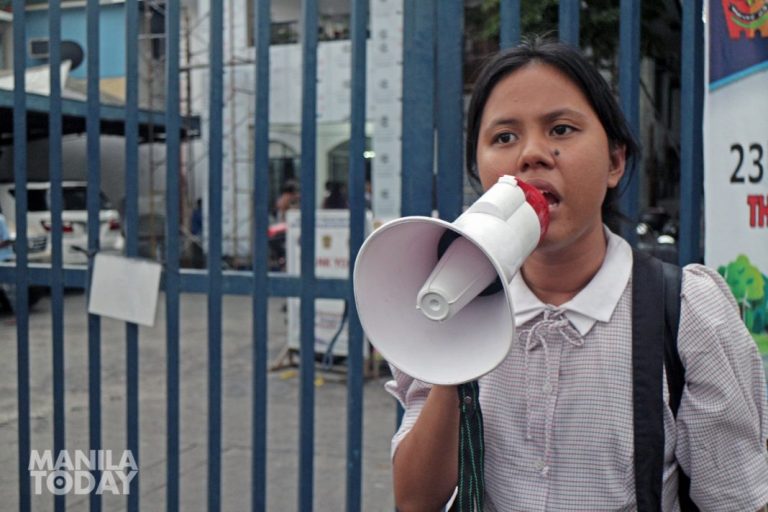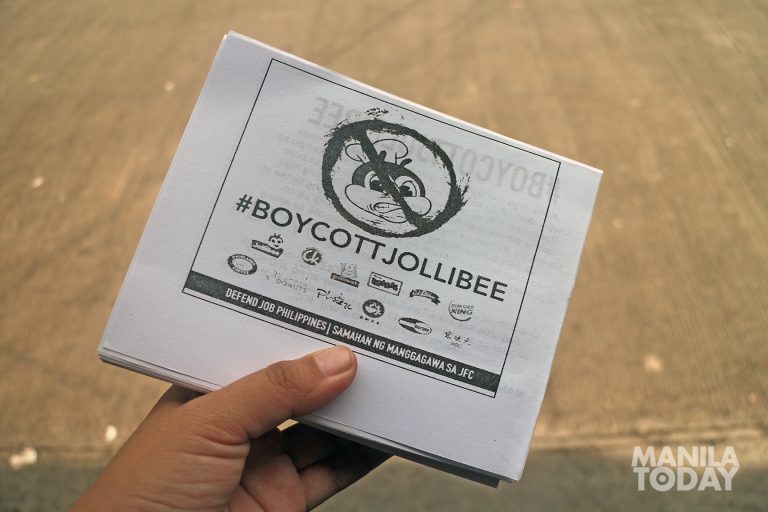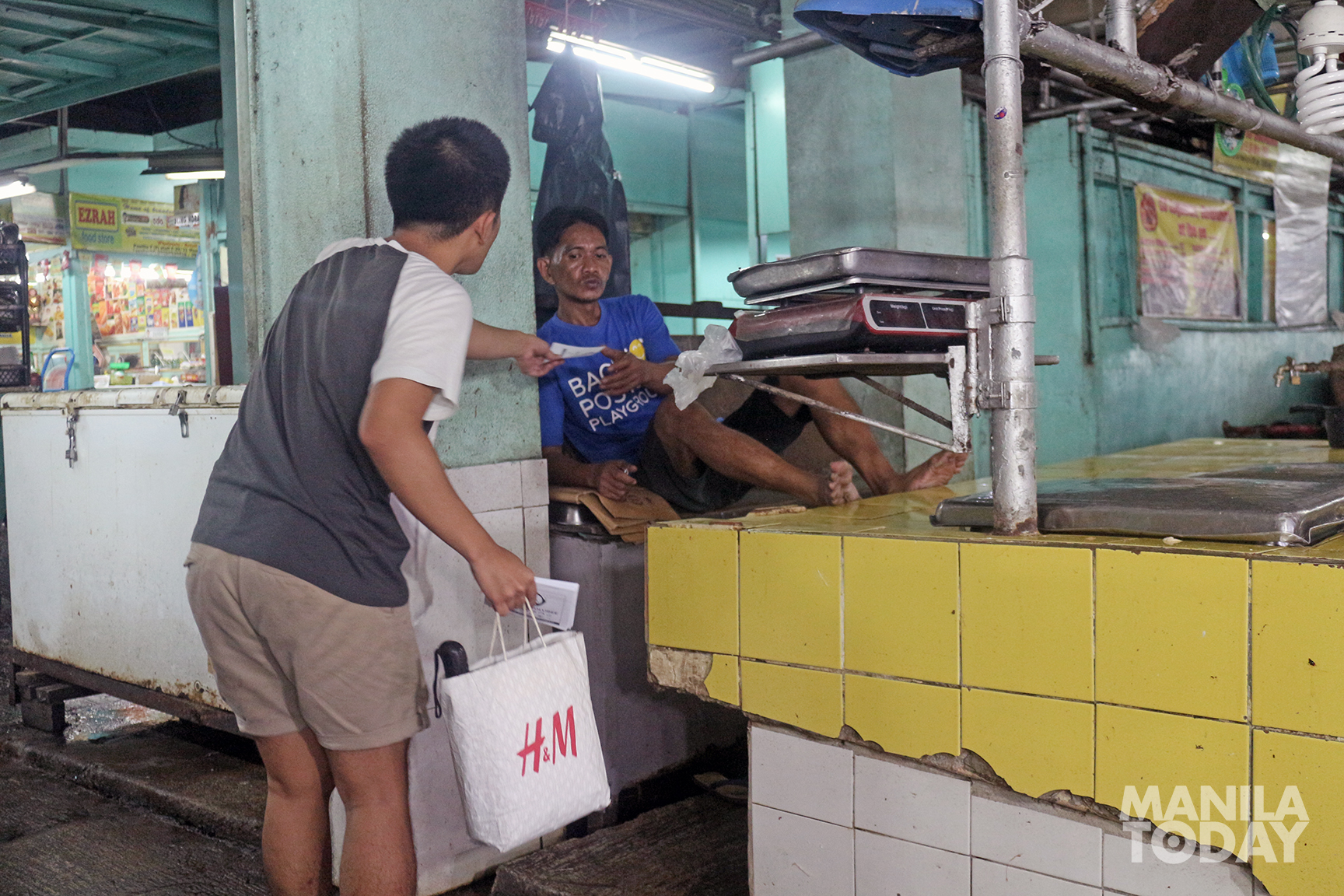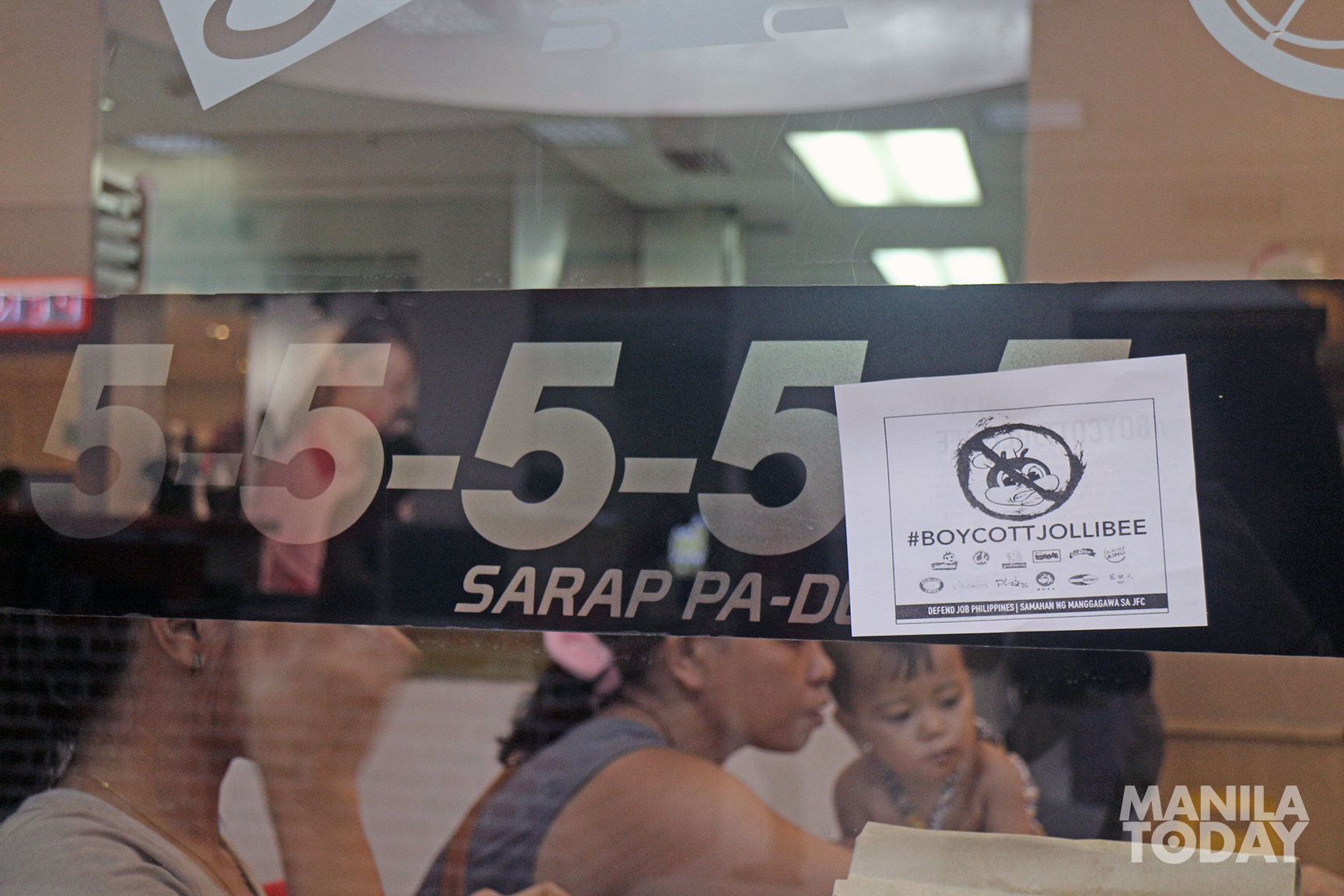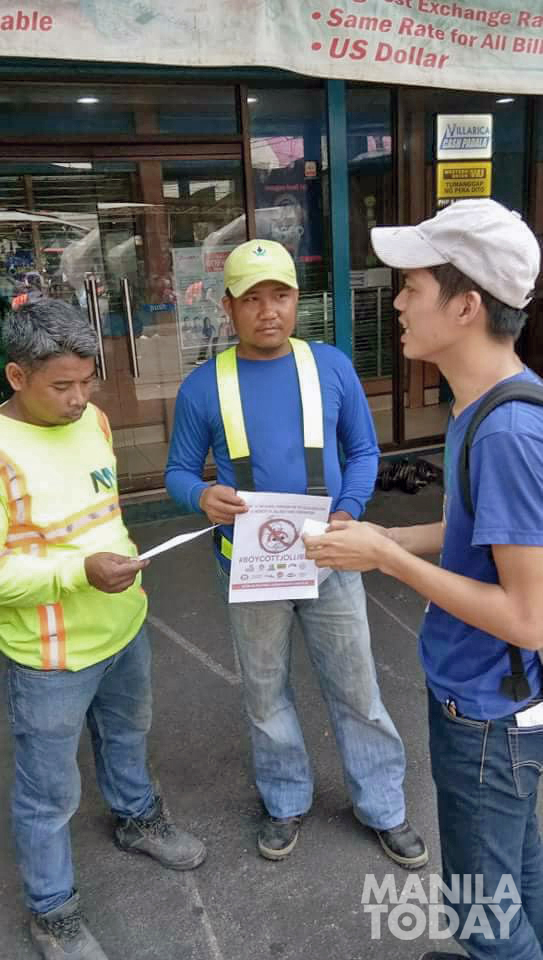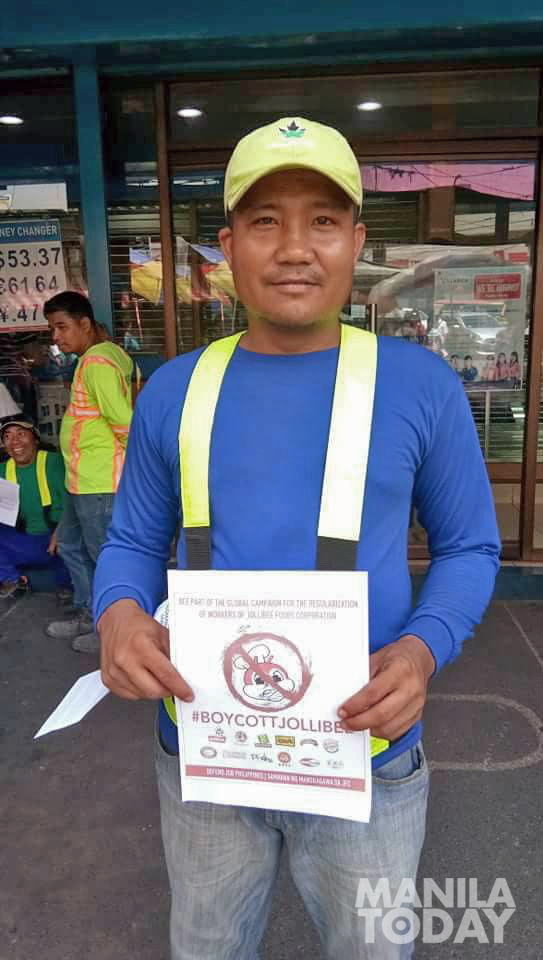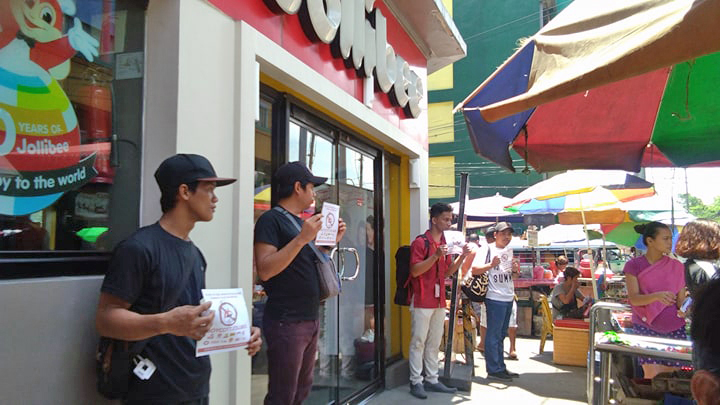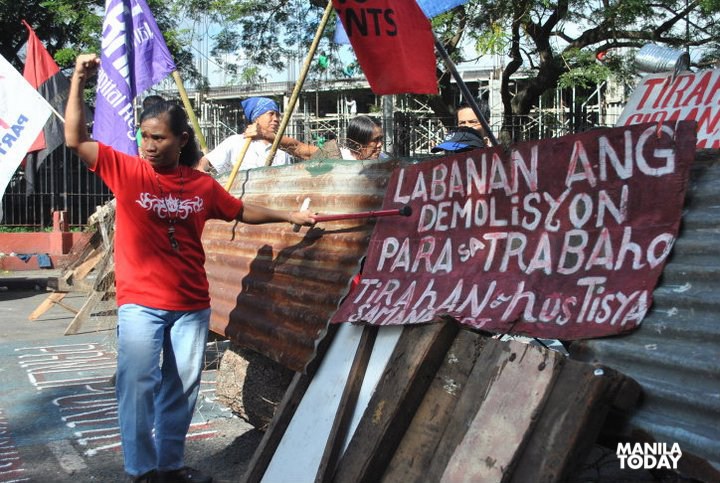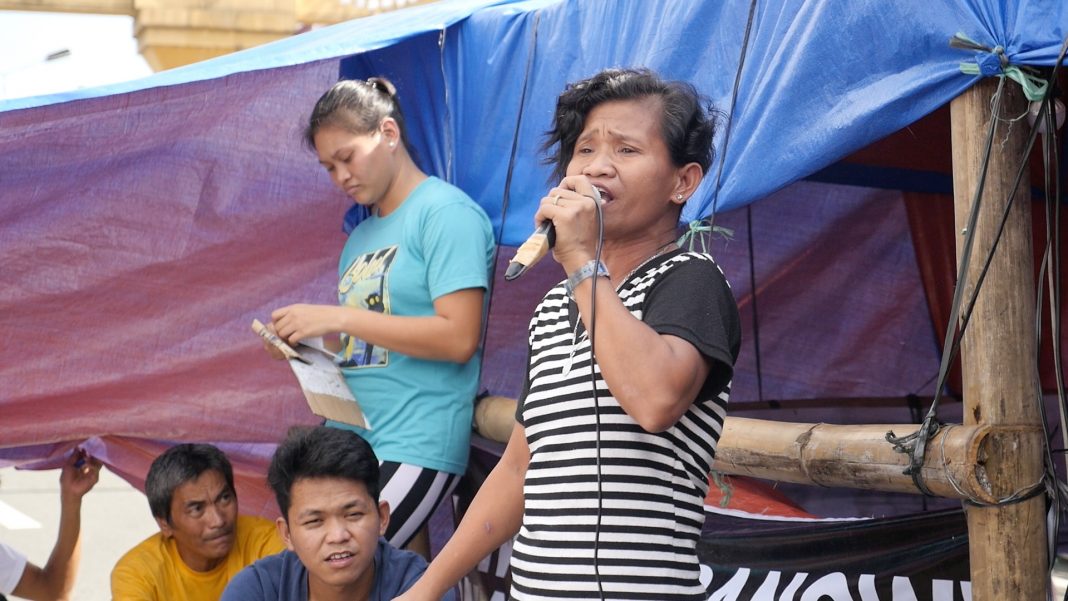Sa isang banda, ang China. Simula 1976, nang mamatay si Mao Zedong, hindi na ito sosyalista, kundi modernong rebisyunista – sosyalista sa salita, kapitalismo sa gawa. Pero tinanganan nito ang pambansang soberanya na naipagtagumpay ng rebolusyong 1949 sa pamumuno ni Mao, laban sa imperyalismo at mga kakampi nitong naghaharing uri sa China.
Ang sabi ni Deng Xiaoping, modernong rebisyunistang pumalit kay Mao sa pamumuno, dalawa lang ang pagpipilian ng China: ang umunlad o apihin ng ibang bansa. Tinuntungan ang ipinatupad na reporma sa lupa para tiyakin ang pagkain para sa lahat ng mamamayan, habang pinaunlad ang produksyong industriyal – nang nakaugnay sa sistemang kapitalista sa daigdig. Pinaunlad din ang agham at teknolohiya para tinatanaw na kaunlaran.
Ngayon, para kay Prop. Jose Maria Sison, isa nang bansang may imperyalistang ambisyon ang China, kung hindi man imperyalista na nga. Nasa China na ang mga katangian ng mga imperyalistang bansa, maliban sa abanteng pwersang militar, na sinisikap na rin nitong paunlarin sa nakaraang mga taon.
Ayon sa mga tagamasid, puno ng kumpyansa ang China sa patuloy nitong paglakas sa ilalim ng pamumuno ni Xi Jinping, na ang hawak na kapangyarihan ay ikinukumpara kay Mao. Masasabing kinakatawan ng programa niyang “China Dream” ang imperyalistang ambisyon ng China, bagamat nakatanaw sa pagdiriwang ng anibersaryo ng Partido Komunista ng Tsina sa 2030 at ng anibersaryo ng tagumpay ng rebolusyong sosyalista sa 2049.
Sa kabilang banda, ang US. Ito pa rin ang pinakamakapangyarihang imperyalistang bansa sa mundo, pero ilang dekada nang binabayo ng krisis pang-ekonomiya at nahaharap sa pagkabanat ng pwersang militar sa buong mundo. Persepsyon ng mga tagamasid, humihina ang kontrol at pamumuno nito sa maraming bansa sa daigdig.
Mula sa “boom” ng ekonomiya pagkatapos ng World War II, tinamaan itong muli ng krisis ng labis na produksyon noong dekada 1970. Sinikap nitong umalpas sa krisis sa pamamagitan ng mga opensibang neoliberal at nakahinga nang kaunti sa pagbubukas sa kapitalismo ng Rusya at China. Pero ang suma tutal, nawala ang produksyong industriyal nito, maliban sa mga armas pandigma, at umalagwa ang pinansyalisasyon – na nagpasambulat ng krisis noong 2008 at nagpapatuloy ngayon.
Dahil dito, tumitindi ang kawalang-trabaho, pagkabaon sa utang, at pagkawala ng serbisyong panlipunan sa hanay ng mga mamamayang Amerikano. Para pagtakpan ang ugat ng krisis sa sistemang imperyalista, pinatampok ng mga imperyalista sa US ang rasismo sa mga Aprikano-Amerikano at ibang lahi, galit sa mga migrante na umano’y “nagnanakaw ng trabaho,” at mga katulad na tunguhin.
Ang ganitong sitwasyon ang nagluwal ng pagkapanalo ng rasista at anti-migranteng si Donald Trump, pangunahin sa suporta ng mga puting Amerikano, pagkatapos ng unang Aprikano-Amerikanong pangulo ng US na si Barack Obama. Sa pangakong “America First,” pansin ng mga tagamasid ang pagbabawas ni Trump sa pagtutulak ng mga patakarang pang-ekonomiya at pangmilitar ng US sa mundo.
Hindi pa nagbabanggaan, pero ilang taon nang naggigirian, ang US at China. Pareho silang nagpapalakas ng kapangyarihang pang-ekonomiya at pangmilitar sa mundo, nang malinaw na hindi kasama ang kabila. Sa ilang mayor na pahayag at patakaran, pero lalo na sa mga alitan sa iba’t ibang rehiyon ng mundo, tumatampok ang pagtutunggalian nila.
Maraming maibibigay na halimbawa, pero panandang-bato, sa panig ng US, ang “Pivot to Asia” noong 2011. Dito, inilipat ang malaking bahagi ng pwersang militar ng US sa Asya-Pasipiko, paikot sa China. Gayundin, sa panig ng China, ang Regional Comprehensive Economic Partnership na nagsimula noong 2012 at ang Belt and Road Initiative – dating “One Belt, One Road” – na nagsimula noong 2013. Mga pagsisikap itong kumabig ng mga bansa papasok sa impluwensyang pang-ekonomiya ng China.
Kapansin-pansin ang mga tampok na hakbanging ito: militar sa US, ekonomiya sa China. Parehong nakabatay sa kalakasan ng dalawang makapangyarihang bansa, bagamat may mga pagsisikap din ang US sa ekonomiya at ang China sa larangang militar.
Sa paglakas ng China at pakikipaggirian nito sa US, may batayan ang mga komentarista, progresibo at hindi, na mula sa dating “unipolar” ay “multipolar” na ang mundo. May mga bansa nang lumalakas at humahamon sa pagiging pinakamakapangyarihang bansa ng US – posisyong hinawakan nito simula 1990, noong bumagsak ang dating Unyong Sobyet. Maaaring maging kontra-pwersa ang China, lalo na’t kasama ang Rusya, laban sa US.
Angkop sa ganitong sitwasyon ang sinabi noon ni Mao: “May matinding kaguluhan sa ilalim ng kalangitan, napakainam ng kalagayan.” Mas nagiging mainam para sa mga kilusan para sa pambansang kalayaan, demokrasya at sosyalismo, at para sa lahat ng kilusan ng masang anakpawis, ang kalagayang naglalaban-laban, imbes na na nagkakaisa, ang mga naghahari sa mundo.
Tiyak, pinakamatinding pagtuligsa pa rin ang nararapat sa pinakamalakas na imperyalistang kapangyarihan; wala pa ring sinabi ang China pagdating sa brutalidad ng mga gerang agresyon ng US. Pero walang dapat kampihan ang masang anakpawis at sambayanan sa mga naglalabanang imperyalista. Likas na mapagsamantala, mapang-api at marahas ang imperyalismo. At kahit umuusbong na imperyalistang kapangyarihan ay ganito.
Sa ganitong bago at umiinog pang konteksto mailulugar ang patakaran ni Pang. Rodrigo Duterte sa US at China. Ang mga kontrobersyal na pahayag niya at mga hakbangin ng pamahalaan niya patungkol sa US at China ay kaugnay ng mga mayor na pagbabago sa sitwasyon sa mundo – ang relatibong paghina ng US at relatibong paglakas ng China.
Ito ang sinuri sa Probing Duterte’s Foreign Policy in the New Regional Order: ASEAN, China and the US, koleksyon ng mga sanaysay ng mga progresibong manunuring pampulitika na sina Temario C. Rivera, Roland G. Simbulan at Bobby M. Tuazon. Inilathala ito ngayong 2018 ng Center for People Empowerment and Governance o CenPEG at Integrated Development Studies Institute.
Malinaw ang mga may-akda sa isang bagay: sa kabila ng pagdedeklara ng “independyenteng patakarang panlabas” at pakikipagmabutihan sa China ni Duterte, nananatiling solido ang relasyong neokolonyal sa pagitan ng US at Pilipinas. Ipinagpapatuloy niya ang mga di-pantay na kasunduan sa pagitan ng dalawang bansa. Sa kabila ng mga pahayag niya na kritikal sa US, wala pa siyang patakaran na bumangga o bumaklas dito. Pinagmumura niya si Obama, oo, pero kaugnay pa ng pagtuligsa sa kanyang “gera kontra-droga,” at pinuri naman ang kasundo niyang si Trump.
Kaalinsabay, nakikipagmabutihan si Duterte sa China. Sa ilalim niya, nasa “golden age” ang relasyong China-Pilipinas. Kahawig ito ng panahon ni Gloria Macapagal-Arroyo at taliwas sa panahon ni Noynoy Aquino na naging malamig sa China. Ang sentral na pangako at programa ni Duterte, ang “gera kontra-droga” ay tuluy-tuloy na sinusuportahan ng China.
Ayon sa aklat, ang naging patakaran ng rehimeng Duterte sa China ay makipag-usap sa mga larangang pwedeng pagtulungan (ekonomiya) at iwasan ang mga larangang posibleng pagtunggalian (alitang panteritoryo). Sa unang tingin, makatwirang posisyon ito. Pero ang panganib, babala ni Aileen Baviera, akademiko sa ugnayang panlabas, ay kung mapaghihiwalay ang dalawang ito ng China – kung hindi nito gagamitin ang lakas sa ekonomiya para pasunurin ang bansa sa gusto nito sa pulitika at militar.
Laman ng aklat ang mga panganib ng ugnayang pang-ekonomiya sa China. Sa kagyat, ang pagkabaon sa utang sa mga ipinagmamalaking “tulong” nito. Ganito umano ang karanasan ng Laos, Myanmar at iba pang bansa. Dahil malaking bahagi nito ang popondohan ng China, ang programang “Build, Build, Build” ni Duterte ay tila bahagi ng Belt and Road Initiative ng China, at pareho itong malakihang pagpopondo sa imprastruktura.
Karugtong nito ang katiwalian. Maaaring tingnan ang Belt and Road Initiative, bukod sa pagharap ng China sa krisis nito sa ekonomiya, na pagtatangkang bilhin o suhulan ang mga naghaharing uri ng iba’t ibang bansa para kumampi sa China. Sariwa pa sa alaala ng bansa ang kontrobersya sa NBN-ZTE sa kumpanyang Tsino noong panahon ni Arroyo. Sinisipi ng aklat ang isang ulat ni Kenneth Cardenas ng Philippine Center for Investigative Journalism tungkol sa mga kahina-hinalang kumpanyang kasama ni Duterte sa pakikipagtransaksyon sa China.
Ngayon, agresibong iginigiit ng China ang pag-angkin nito sa mga teritoryo na pag-aari o inaangkin din ng Pilipinas: paglalagay ng mabibigat na kagamitang militar sa Kalayaan Group of Islands, reklamasyon sa ilang kalupaan sa West Philippine Sea, pagpapangalan ng mga kalupaan sa Philippine Rise, at pagkontrol sa Panatag/Scarborough Shoal. Kaalinsabay, panggigipit sa mga mangingisda at barko ng Pilipinas.
Hindi iginigiit ni Duterte ang panalo ng Pilipinas sa arbitral court ruling sa The Hague noong 2016. Ang ginagawa niya, panawagan sa pandaigdigang komunidad na huwag makialam sa mga alitang panteritoryo sa South China Sea – at China ang tiyak na makikinabang.
Nitong mga nakaraang taon, kung kailan naging mas agresibo ang China sa pag-angkin ng mga teritoryo ng Pilipinas, dumami ang pahayag ni Duterte na tila alipin ng China. Mahal niya si Xi Jinping, kailangan niya ang China, pwedeng maging probinsya na lang ng China ang Pilipinas, ginarantiyahan siya ng China na hindi siya mapapatalsik sa pwesto, sa China na lang magtrabaho ang Overseas Filipino Workers na namaltrato sa Middle East, at kung anu-ano pang kawalanghiyaan.
Ang kapansin-pansin, umaakto si Duterte na parang buung-buo at hindi na mababago ang kanyang patakaran ng paninikluhod sa China. Para bang kasama sa pagboto sa kanya noong eleksyon ang bagong patakaran niya ng pagpapailalim sa China. Mas lumalakas ang pagtingin ng marami na hindi lang siya “lumalaro” sa China para mapalaki ang pakinabang ng bansa. Mas nabubuo ang pagtinging simula’t sapul, kasabwat siya ng China sa mga gustong gawin sa Pilipinas.
Sa ganitong kalagayan, lumalawak ang diskuntento sa paninikluhod ng rehimeng Duterte sa China at lumalakas ang suporta sa pagtutol dito. Nagkakaroon ng batayan ng pagkamulat ang marami hindi lang sa kapangyarihan sa Pilipinas ng China kundi maging ng imperyalismong US. Lalong nagiging malinaw na ang kailangan ay isang tunay na independyenteng patakarang panlabas, hindi nadidiktahan pareho ng US at China, at kailangang karugtong ng malayang patakarang pang-ekonomiya.



